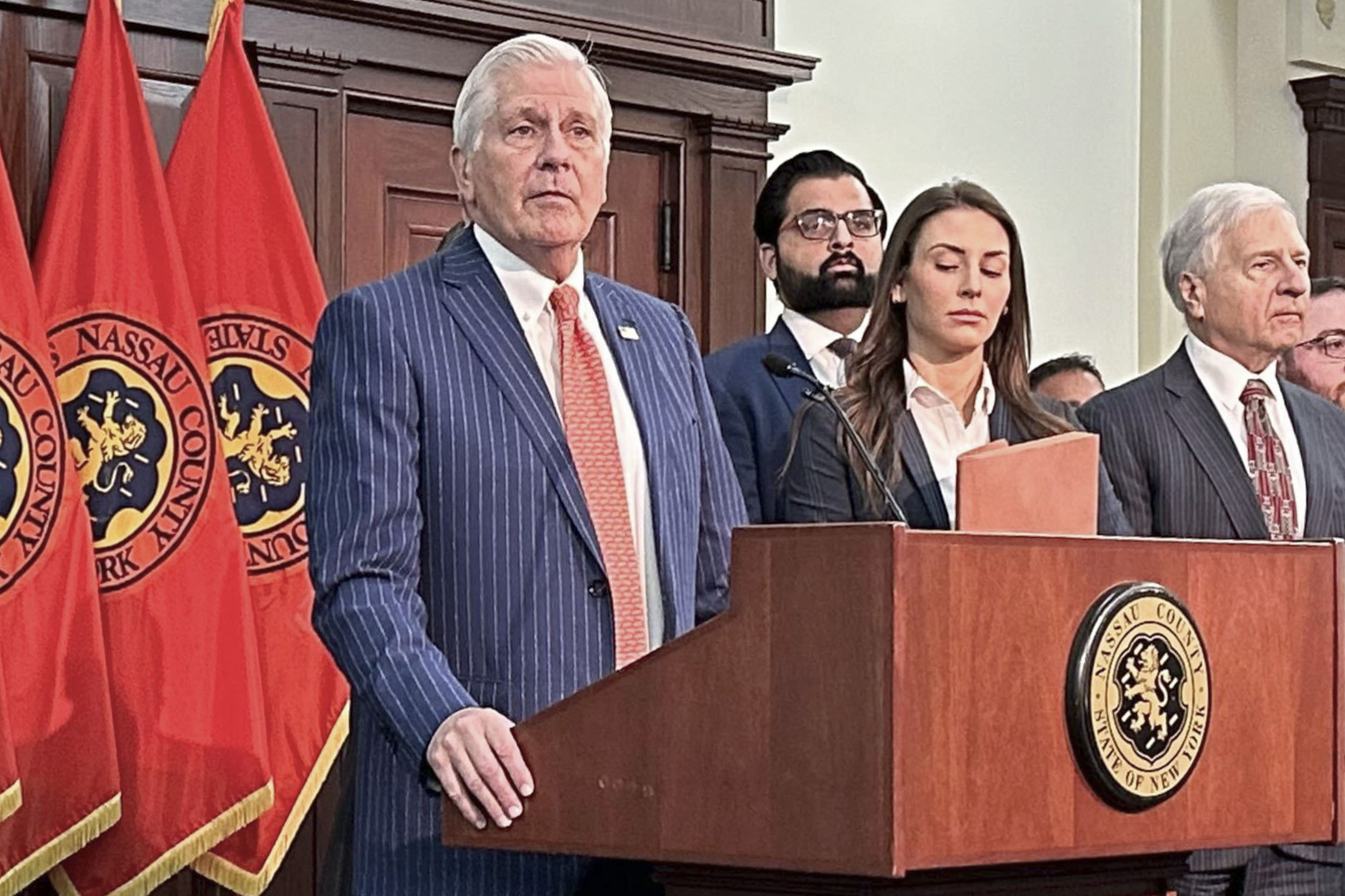The student loan interest deduction allows eligible taxpayers to deduct up to $2,500 in interest paid on federal or private student loans from their taxable income.
Why It Matters
With student loan interest payments resuming in late 2023, many borrowers are eligible to claim this deduction for their 2024 tax filings. The benefit, which has existed since 1997, can help reduce taxable income, potentially lowering the amount owed to the IRS or increasing a tax refund.
However, lawmakers are considering eliminating the deduction as part of broader federal budget adjustments, which could significantly impact borrowers in future tax years.

What To Know
The student loan interest deduction applies to interest paid on both federal and private student loans used for higher education expenses. Borrowers can deduct either the total amount of interest paid in a given tax year or up to $2,500, whichever is lower.
Eligibility is income-dependent, with phase-outs beginning at a modified adjusted gross income (MAGI) of $80,000 for single filers and $165,000 for married couples filing jointly. Those earning more than $95,000 (single) or $195,000 (married) are not eligible for the deduction per explanation from the Internal Revenue Service (IRS).
Potential Savings
Higher education expert Mark Kantrowitz explained to Newsweek the savings potential for borrowers looking to utilize this tax credit.
"Based on the income phaseouts, the highest tax bracket that is eligible for this deduction is the 22 percent tax bracket. That suggests that the maximum potential savings on the borrower's tax return liability is 22 percent of $2,500, or $550," Kantrowitz said.
"Based on IRS Statistics of Income (SOI), in 2022 a total of 3,982,018 federal income tax returns claimed the student loan interest deduction, representing a total deduction of $3,860,127,000. That yields an average deduction of $969. Assuming a 22 percent tax bracket yields a reduction in tax liability of up to $213. Most likely the typical savings is $100 to $200," Kantrowitz continued.
Borrowers who paid at least $600 in student loan interest should receive a 1098-E form from their loan servicer to report on their tax return.
Additionally, the deduction is classified as an "above-the-line" deduction, meaning taxpayers can claim it without itemizing their deductions.
What People Are Saying
Mark Kantrowitz told Newsweek: "The Republican menu of possible tax savings for budget reconciliation puts the savings from a repeal of the student loan interest deduction at $30 billion over 10 years. That seems very high. Even assuming that everybody claimed the maximum deduction at the 22 percent tax bracket would yield $21.9 billion over ten years. The actual savings is probably less than $8 billion."
Kevin Thompson, finance expert and founder/CEO of 9i Capital Group, told Newsweek: "The current administration is proposing changes that could impact many student-related tax credits. However, in addition to the student loan interest deduction, borrowers should consider the American Opportunity Credit and the Lifetime Learning Credit. Additionally, tuition, fees and certain education-related expenses may still be deductible."
What's Next
For now, the student loan interest deduction remains available for the 2024 tax year. Borrowers should check their eligibility, obtain their 1098-E form and consult a tax professional to maximize their tax benefits.




















 English (US) ·
English (US) ·